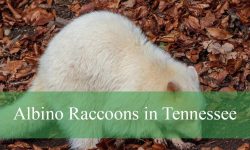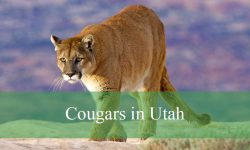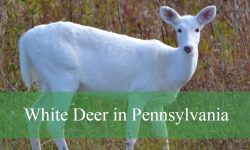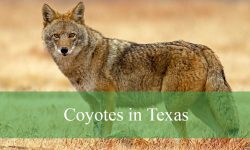North Carolina is home to some of the most fascinating birds of prey in the United States, and hawks are among its most captivating residents. These majestic raptors dominate the skies, showcasing incredible agility, strength, and intelligence. Whether soaring over the Blue Ridge Mountains or gliding across the coastal plains, hawks play a vital role in the state’s ecosystem by controlling rodent and small bird populations.
Many people admire their beauty from afar but know little about their secretive lives. Hawks in North Carolina display a remarkable diversity in species, behavior, and adaptations. From the common Red-tailed Hawk to the elusive Northern Goshawk, each species tells a unique story about survival and nature’s balance. This article explores everything you didn’t know about these powerful birds—from their hunting strategies to nesting habits and how you can spot them in the wild.
The Diverse Hawk Population in North Carolina
Red-Tailed Hawk (Buteo jamaicensis)
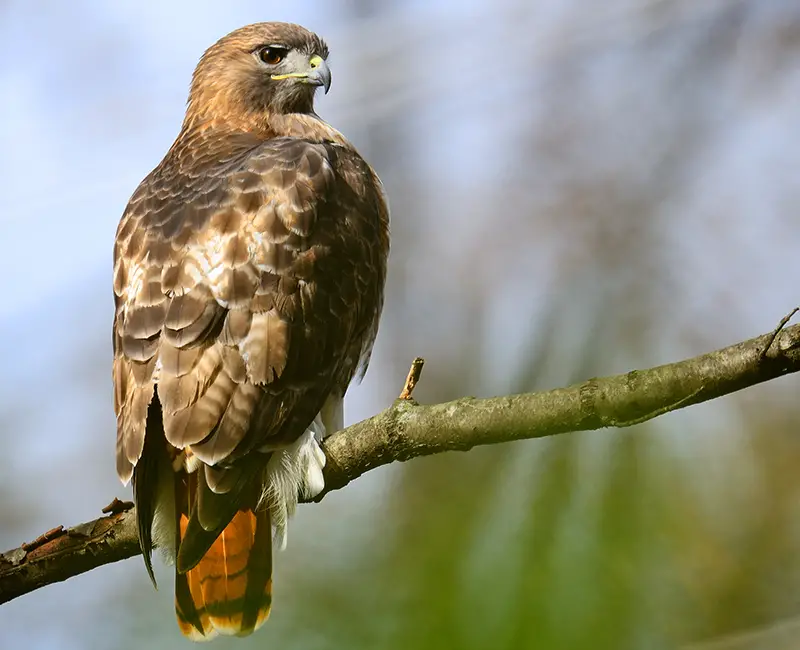
The Red-tailed Hawk is the most recognizable and widespread hawk species in North Carolina. It thrives across open fields, forests, and highways where prey such as small mammals are abundant. Its signature reddish-brown tail and piercing cry make it easy to identify from a distance.
These hawks are year-round residents, often seen perched on telephone poles scanning for movement below. They adapt well to human environments, which is why they are commonly observed even in suburban areas. During the breeding season, pairs build large stick nests high in trees, and both parents share in raising their young.
Red-tailed Hawks are formidable hunters, capable of diving at high speeds to seize their prey. Their presence is a sign of a balanced ecosystem, as they help manage populations of rodents and small birds that could otherwise damage crops or spread disease.
Cooper’s Hawk (Accipiter cooperii)
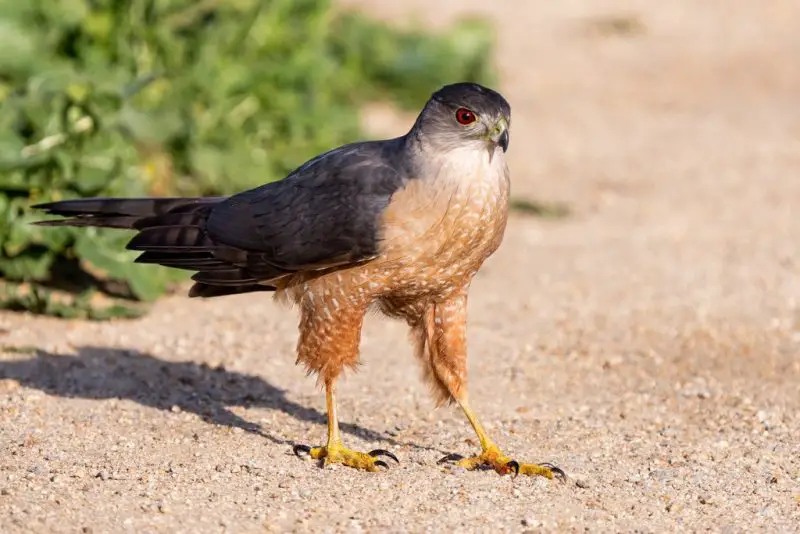
Sleek and agile, the Cooper’s Hawk is a true master of maneuverability. Found throughout North Carolina, this bird prefers wooded habitats and suburban neighborhoods with plenty of cover. It is known for its ability to dart through trees at incredible speed while chasing prey such as songbirds and doves.
Cooper’s Hawks have a compact body and long tail, which give them exceptional control during flight. Adults have a slate-gray back with reddish barring on the chest, while juveniles display a brownish tone with streaked underparts. Despite their beauty, these hawks are fierce predators, using surprise and precision to capture unsuspecting birds mid-flight.
Their presence around backyard feeders can sometimes alarm birdwatchers, but they play an important ecological role. By preying on weak or sick birds, they maintain the overall health of local bird populations.
Red-Shouldered Hawk (Buteo lineatus)
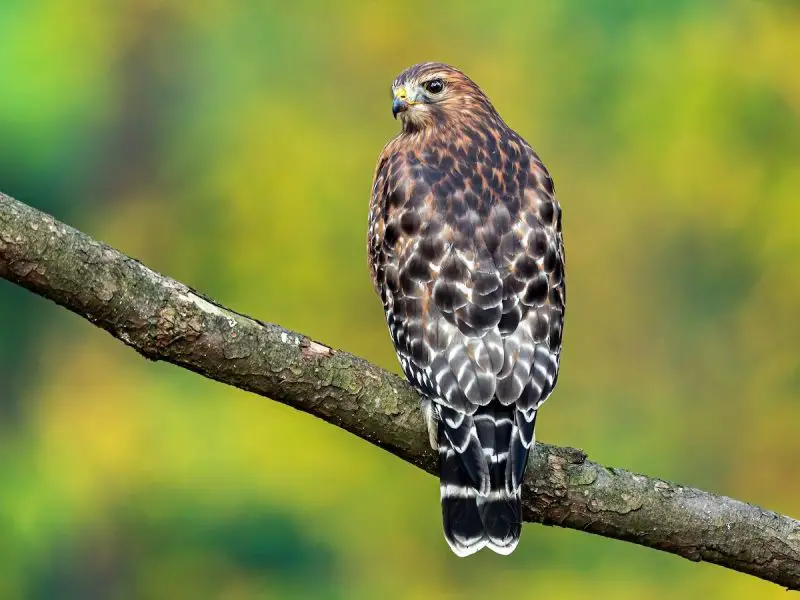
The Red-shouldered Hawk is another common species in North Carolina, thriving in forests near rivers, swamps, and wetlands. Its vibrant plumage of reddish-brown shoulders and black-and-white checkered wings makes it one of the most striking hawks in the region.
Known for its distinctive “kee-ah” call, this hawk is often heard before it is seen. Unlike the open-country Red-tailed Hawk, Red-shouldered Hawks prefer wooded habitats, where they perch quietly on tree branches and scan the ground for frogs, snakes, and small mammals.
Their nesting behavior is fascinating as well. They return to the same nesting area each year, often reusing or reinforcing old nests. During spring, their courtship displays include soaring flights and loud calls, a true spectacle of raptor behavior.
Broad-Winged Hawk (Buteo platypterus)
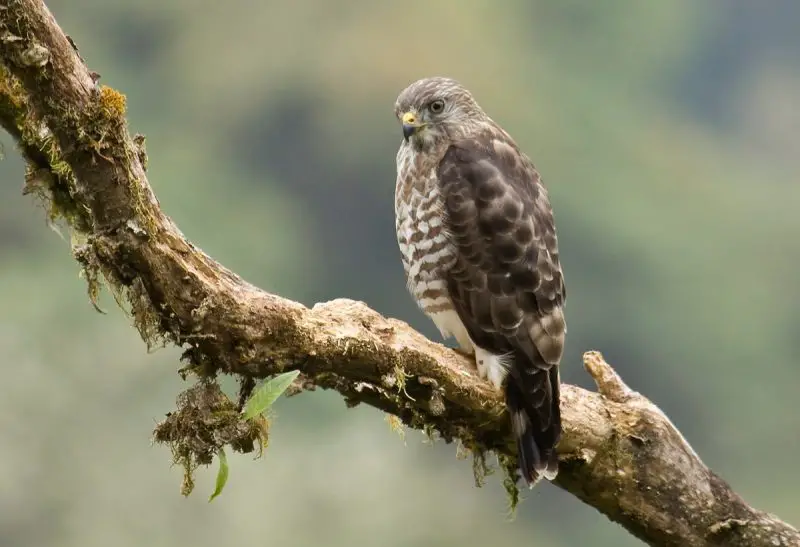
Small but powerful, the Broad-winged Hawk is a forest-dwelling raptor that spends its summers in North Carolina. It is best known for its spectacular migration, when thousands gather to form massive flocks known as “kettles,” spiraling together toward Central and South America.
This hawk can be recognized by its compact body, broad wings, and striking black-and-white banded tail. During breeding season, they nest deep in the woods, building their nests in deciduous trees near water sources. They primarily hunt from perches, waiting patiently before swooping down to catch frogs, insects, and small rodents.
Observing their migration in fall is one of the most breathtaking natural events in the state. Places like Caesar’s Head State Park and Pilot Mountain are excellent viewing points for hawk watchers during this time.
Northern Harrier (Circus hudsonius)
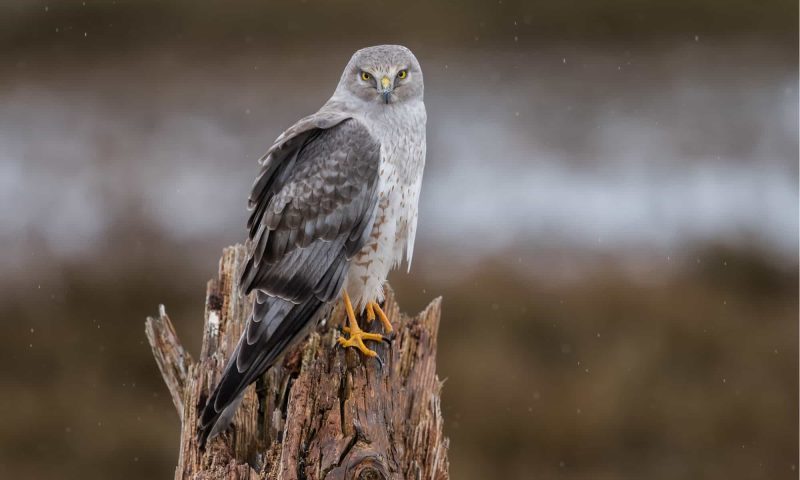
The Northern Harrier is a unique hawk found mainly in open grasslands, marshes, and agricultural areas of North Carolina. Easily distinguished by its owl-like facial disk and long, slim wings, it glides low over fields in search of small mammals.
Unlike most hawks that rely on sight, the Northern Harrier combines keen hearing with sharp vision to detect prey. Males and females differ noticeably in color—males are gray with white undersides, while females are brown with streaks. They are often seen performing graceful, low-level flight patterns that make them a joy to observe.
These hawks build their nests on the ground, hidden among tall grasses or reeds. Conservation efforts are crucial for their survival since habitat loss from agriculture and development threatens their nesting sites.
Habitat and Distribution
North Carolina’s diverse landscapes—from coastal plains to mountain ranges—create ideal conditions for a variety of hawk species. The Piedmont region offers open farmland and forests, attracting Red-tailed and Red-shouldered Hawks, while the coastal marshes host Northern Harriers and Broad-winged Hawks.
In the western mountains, dense forests provide shelter for elusive species like the Cooper’s Hawk and the occasional Northern Goshawk. Migration patterns also play a significant role, with many hawks using the Appalachian ridges as flight corridors during seasonal movements.
These birds thrive where prey is abundant and nesting sites are secure. Conservation of forests, wetlands, and open fields is essential for maintaining healthy hawk populations across the state.
Hunting Techniques and Diet
Hawks are apex predators that rely on skill, patience, and precision to hunt. Their diet varies by species and habitat but primarily consists of rodents, birds, reptiles, and insects.
The Red-tailed Hawk often hunts from elevated perches, diving swiftly once it spots prey. Cooper’s Hawks rely on speed and surprise, weaving through trees to catch smaller birds. Red-shouldered Hawks focus on amphibians and reptiles near wetlands, while Northern Harriers use low, gliding flight to locate mice or voles in tall grass.
Their sharp talons and curved beaks are designed for gripping and tearing prey. These adaptations make hawks critical to controlling pest populations, helping maintain balance within ecosystems.
Breeding and Nesting Behavior
Hawk breeding seasons in North Carolina typically begin in early spring. Courtship involves spectacular aerial displays, including soaring flights and talon-locking maneuvers that strengthen pair bonds.
Once a mate is chosen, the pair works together to build a nest using sticks, twigs, and leaves. Red-tailed and Red-shouldered Hawks prefer high tree branches, while Northern Harriers build on the ground among thick vegetation. Females usually lay between two to four eggs, which both parents help incubate and protect.
Chicks grow rapidly, developing strong flight feathers within weeks. Parents continue to provide food until the young are ready to hunt on their own, teaching them essential survival skills that ensure their independence.
Migration and Seasonal Movements
Migration is one of the most fascinating aspects of hawk life in North Carolina. Some species, like the Broad-winged Hawk, are long-distance migrants, traveling thousands of miles each fall to reach their wintering grounds in Central and South America.
During migration season, thousands of hawks can be seen soaring over ridgelines, taking advantage of rising thermals to conserve energy. This event attracts birdwatchers from across the country. Red-tailed and Red-shouldered Hawks, however, remain in the state year-round, adjusting their hunting territories based on food availability.
Monitoring these migrations helps scientists track population trends and understand how environmental changes impact hawk movement patterns.
Conservation Status and Threats
Most hawk species in North Carolina are stable, thanks to habitat protection and conservation laws. However, they still face several threats. Urban development reduces nesting areas, while pesticides can poison their prey and disrupt reproductive success.
Illegal shooting and collisions with vehicles also contribute to hawk fatalities each year. Fortunately, organizations and wildlife agencies are working to educate the public about their importance and to create safer environments. Protecting large tracts of forest, managing wetlands, and minimizing the use of harmful chemicals are key steps toward their continued survival.
Citizen science programs, such as hawk counts and bird surveys, also play an important role in conservation. Every observation adds valuable data to help researchers understand population changes and develop effective protection strategies.
Fun Facts About Hawks in North Carolina
- Hawks can spot prey from more than a mile away, thanks to their exceptional vision.
- The Red-tailed Hawk’s scream is often used in movies to represent all birds of prey.
- Some hawks can reach diving speeds of over 120 miles per hour.
- Cooper’s Hawks are sometimes called “bird hawks” due to their preference for small avian prey.
- The Broad-winged Hawk’s migration is one of the most spectacular natural events in the eastern United States.
Best Places to See Hawks in North Carolina
For birdwatchers, North Carolina offers excellent locations to observe hawks throughout the year. The Appalachian Mountains are prime territory for migration viewing, particularly at Grandfather Mountain, Pilot Mountain, and Caesar’s Head.
The coastal plains and wetlands of the Outer Banks are also great for spotting Northern Harriers and Red-shouldered Hawks. In urban and suburban areas, keep an eye on tall trees, utility poles, or open fields, where Red-tailed Hawks often perch to hunt.
Winter months bring an influx of migratory hawks from the north, making late fall to early spring an ideal time for observation. Bringing binoculars and patience can reward you with unforgettable views of these magnificent raptors in their natural environment.
How to Help Protect Hawks
Supporting hawk conservation is easier than most people realize. Avoid using rodenticides, which can poison hawks when they eat affected prey. Instead, use humane pest control methods.
Planting native trees and maintaining open green spaces provides habitat for both prey and nesting sites. Joining local birdwatching clubs or reporting hawk sightings contributes valuable information to monitoring programs.
Educating others about the importance of these birds can also make a difference. Every effort counts when it comes to preserving the balance of nature and ensuring that future generations can witness hawks soaring across North Carolina’s skies.
Conclusion
Hawks in North Carolina represent more than just impressive birds of prey—they are symbols of strength, adaptability, and ecological harmony. Their presence across the state’s diverse landscapes reflects a thriving natural environment that depends on balance and respect.
From the iconic Red-tailed Hawk to the migratory Broad-winged Hawk, each species contributes uniquely to the ecosystem. By understanding and protecting them, we preserve an important part of North Carolina’s natural heritage.
Next time you see a hawk gliding effortlessly across the sky, take a moment to appreciate the hidden world of skill, survival, and beauty that exists just above our heads.

